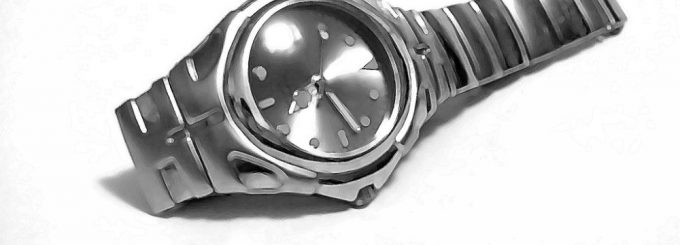How To Avoid Fake Luxury Watches

Counterfeit watches have become a real problem, one that is not going away anytime soon. Imagine spending thousands on a Cartier, Rolex or Omega, only to discover later on that it is a fake. To make matters worse, counterfeiters have become good at their craft, producing watches that look authentic to those that lack a trained eye. Below are some tips that can help you avoid becoming a victim.
Know Your Seller
Be careful where you buy the watch. Street dealers and auction sites are notorious for carrying fakes. Perform a background check on the seller to find out how long they’ve been in business, and whether complaints have been filed against them. Are they listed in the Better Business Bureau? If so, what is their grade?
Know The Market Value of The Watch
Counterfeiters play on the ignorance of buyers, so learn as much as you can about the watch you intend to buy. Check different retailers to find the average price. For example, to calculate this, you will take several watches, add together the three separate amounts and then divide by three. Price variation between watches of the same model should never be more than three hundred dollars, and remember, if something sounds too good, that means it probably is.
Don’t Buy Watches Without A Certificate Of Authenticity
The COA, or Certificate of Authenticity, is the most important item to consider when purchasing a luxury watch. Never, under any circumstances, buy a watch that doesn’t have one, regardless of what excuses the seller makes. The COA allows you to verify that the manufacturer actually produced the watch, and while some sellers might accidentally lose it, you can’t afford to take the risk. It is the responsibility of each seller to keep the COA and papers that came with the timepiece, and if they don’t have it, you have to assume the watch is a fake even if it isn’t. If you still decide to buy a watch without papers or a COA, hire a horologist who is certified to verify it.
Inspect The Weight, Sound and Typeface
Once you know the paperwork and price that is associated with an authentic model, you will next need to determine the sound, weight and typeface. While these things can only be known if you inspect the watch up close, the typeface can be determined by examining high resolution photos of the authentic watch and those that are being sold online. The typeface is important because those used by Cartier, Rolex and other brands are distinct, and very difficult for counterfeiters to mimic. You will also want to pay attention to the shape, sharpness and size of the watch.
Counterfeiters usually make their watches with materials that are cheap, but which look good at first glance. In most cases, these materials are much lighter than those used in authentic watches. True watches also sound different. Because they are designed using thousands of different mechanisms, they operate almost silently, while fake watches will make a tick or tock sound.


